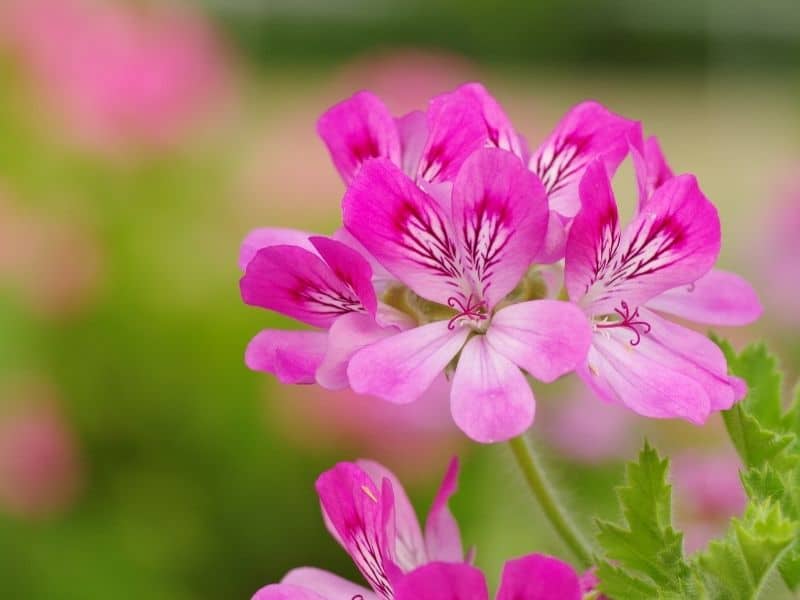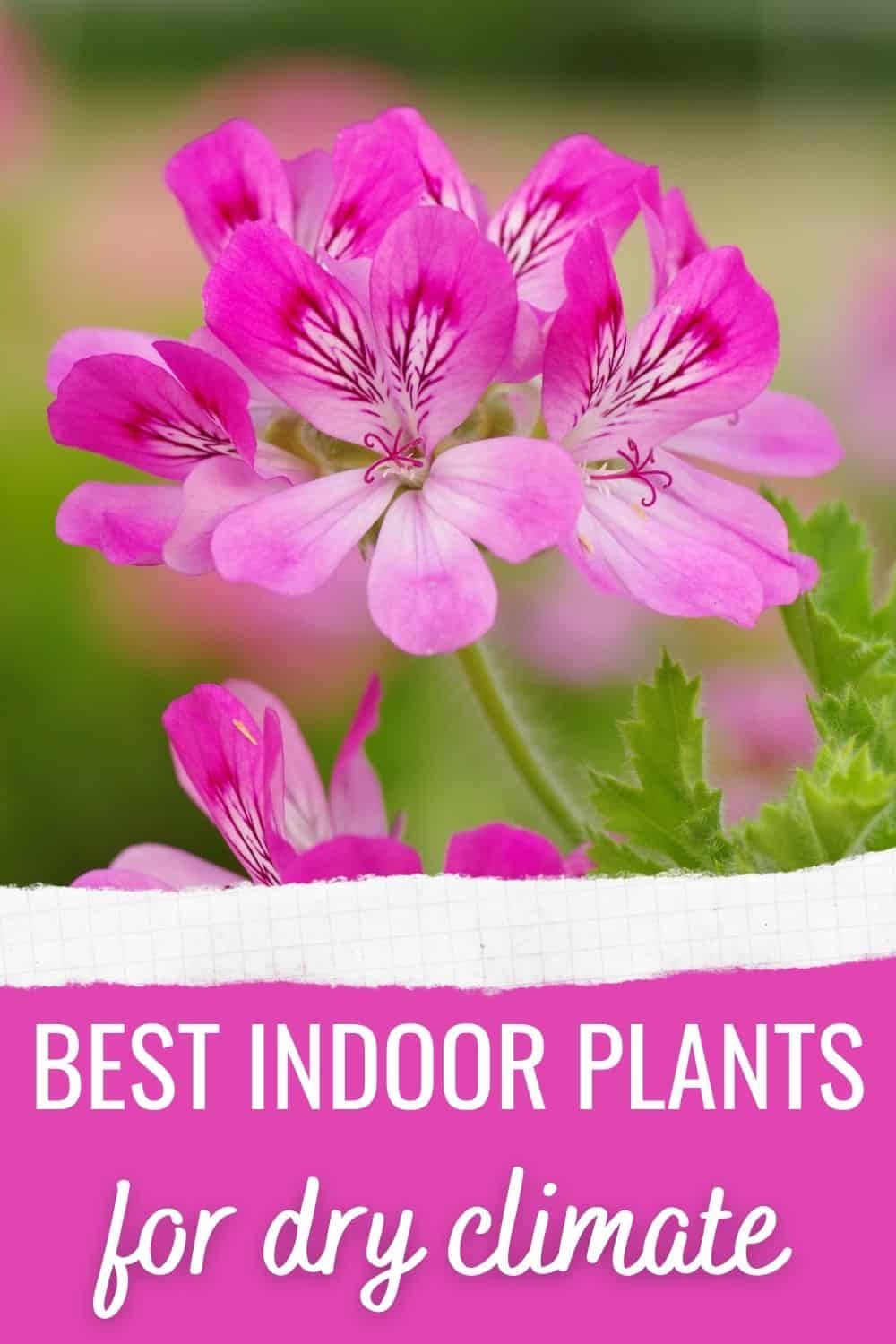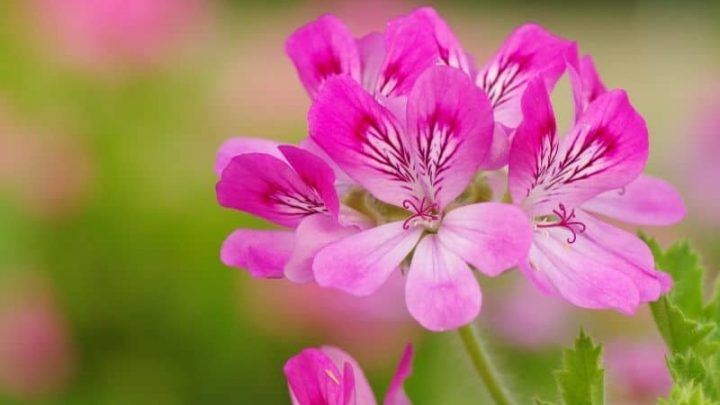There are different plants that thrive in different types of weather, lighting, and water conditions. Most people know this, even if they have no experience with gardening. What some people don’t know is that you have a lot of flexibility when it comes to indoor plants because you can control the environment more than you can outside. A plant that may not thrive in your garden, could do well in your windowsill, or in the corner of your bedroom. If you want to grow low humidity plants indoors with minimal effort and care, you just need to know the best indoor plants for dry climate.

You have control over the lighting, the amount of water the plant gets, and also the humidity levels. If you have indoor plants that prefer high humidity, for example, you may need to mist them regularly to keep them happy. If you want plants for a dry climate that you don’t need to do much to, then you will want to try the plants on this list.
These plants will thrive in drier conditions in nature, and these types of plants will also do well inside your home when you have a dry environment. Choosing these over plant types that prefer more humid environments will make a bit difference in your enjoyment of keeping houseplants. It can be stressful when your plants keep dying, especially if you don’t know why.;
While watering and sunlight are the two basic and most important aspects of taking care of your indoor plants, many people don’t realize that humidity is also a factor. When the moisture levels in the air are off, it can have a big impact on the health of your plant. So, when you live where it’s dry, choose plants that thrive in this climate. You’ll save yourself – and the plants – a lot of stress.;
Are you wondering what types of plants they are? Let’s take a look. Here are some of the best indoor plants for dry climates.
Best Indoor Plants for Dry Climate
When you have a dry climate indoors, it’s important to choose plants that can thrive in this environment. If not, it’s a race against nature to keep them alive by misting or using humidifiers. However, there are some plants that don’t mind the dry air and they will do well in homes with less humidity.
You will also notice that a lot of these plants have similarities. For example, plants that are more resistant to dry air often have extra-thick leaves or waxy-looking leaves. They may also have leaves coated with powder or hair (like cacti). This is because it reduces evaporation, helping them retain more water, even in arid conditions.
Keep in mind that most of these plants will not do well if the humidity rises above 50%. Too much humidity will actually kill these plants.
Now, let’s look at some great plant choices.
1. Wax plant (Hoya carnosa)
The wax plant has thick, waxy leaves that hold water in. This means it can withstand dry weather and even droughts with ease. This is sometimes also called the porcelain flower. It has waxy leaves and pretty, sweet-smelling flowers.
2. Silver squill (Ledebouria socialis)
If you have Silver squill, you can rest easy that it will do well in a dry climate, as long as you don’t put it near the air conditioner. It won’t do well in cold drafts, so, be cautious of drafty windows. The silver squill usually does fairly well in most natural home conditions.
3. Scented geranium (Pelargonium)
When you want an easy-to-care-for flowering plant that also puts off a nice smell, consider the geranium. A good way to prevent overwatering is to “bottom water” by placing it in a water dish and allow the roots to “drink” what they need, then remove the dish. They do best in direct, bright light.
4. Bunny ear cactus (Opuntia microdasys)
Named because it looks like bunny ears, this cactus is sometimes also called the Angel Wings cactus. It has thick, green pads and it can grow beautiful yellow flowers. It does well indoors in dry climates. They can grow from 2-3 feet tall and spread up to 4 or 5 feet in their natural habitat. Indoors, they will be a bit smaller. Maintenance is minimal, as is common with cacti.
5. Arrowhead vine (Syngonium spp)
Arrowhead vine, sometimes also called Arrowhead plant, is another good choice for dry areas. It’s a slow growing plant, easy to care for, and does well in pots or hanging from a basket to allow the vines to grow down. It’s also good for purifying the air.
6. Clivia (Clivia miniate)
Clivia is a great flowering plant that makes a wonderful addition to your home if you have a dry climate. It’s sometimes also called the Natal lily, or bush lily. It does well in the shade as well. However, it’s poisonous so use caution with pets or small children. For best results, don’t let it dry out completely between watering. It prefers temps between 60-75F.
7. Jade plant (Crassula ovata)
Another plant to consider when you have dry indoor air is the jade plant. This plant is resilient against cold and hot air. It stays green and looks great, even in dry climates. When small, they look like a succulent and when they grow larger, they have a tree-like appearance.
8. Spineless yucca (Yucca elephantipes)
This fun, interesting plant will look great in almost any room or space of your home. It cannot survive in humidity above 30% so avoid bathrooms or other damp areas. Yucca will grow straight up in a stalk-like appearance. If the humidity is too high. They start to wilt and die. When they are standing tall and firm, you know the moisture levels are good.
9. Snake plant (Sansevieria trifasciata)
This is one of my favorite plants and you’ll find the snake plant on just about every list because it is so versatile and adaptive to nearly any environment. Snake plants do well in low-lit areas, and they also do well in dry indoor climates. They’re also a great pick for anyone new to houseplants since they are very hard to kill.
10. Aloe (Aloe spp)
Most people are familiar with aloe because it also has medicinal properties. Aloe is a desert plant that does well in dry conditions and also enjoys being in the sun. You should water your aloe deeply, but not too frequently. It’s okay to saturate it on a watering, but then allow it to dry out completely before watering again. Overwatering will make the leaves droopy and soft. If you see soft leaves on your aloe, it’s a sure sign you need to stop watering and let it dry out.
11. Ox tongue (Gasteria spp)
Ox tongue is very easy to maintain and will do well in dry areas and low light areas, as well. If you live in a climate where dry winters are an issue, this is a plant that will do well for you without a lot of special care. This is another succulent-type plant that is a relative to aloe and hawthornia. They can grow from 6” to 20”, depending on the variety. They can tolerate bright light, such as in a window. But should avoid drafty areas or air conditioning vents.
12. String of pearls (Senecio rowleyanus)
A beautiful succulent named for the pearl-like leaves that grow long in strings. It looks good in a pot on a table or even hung from a basket. Many people choose to hang them once they grow bigger, allowing the strings to flow down.
13. Dumbcane (Diffenbachia spp)
Called dumb cane because it is poisonous and will make your mouth and tongue tingle or go numb when eaten, Diffenbachia is a plant that knows how to cope with dry weather. This tropical flowering plant can grow very tall, with a tree-like appearance, and is fairly easy to care for. They like moist, but not soggy, soil and can tolerate lower light conditions.
14. Rubber tree (Ficus elastica)
Rubber tree is another great indoor plant for dry climates. It knows how to regular itself to survive in the drier temps. It is sometimes also called rubber fig, rubber bush or Indian rubber bush. It’s fairly easy to care for and has darker, waxy-looking leaves. Water only when the top layer of soil becomes dry. Overwatering will cause leaf drop.
15. ZZ plant (Zamioculcas zamiifolia)
And finally, we have the ZZ plant. Although it is last on our list, it’s definitely not the end of the list of plants that can do well indoors in a dry environment. ZZ plant, or zee zee plant, is easy to care for, thrives in nature in drought-prone areas, and can grow tall in pots indoors when cared for properly. This is a great plant for people new to houseplants or just not very good at keeping plants alive because it is so forgiving of neglect and easy to care for.
How Plants Grow Indoors in Dry Climate
How are plants capable of surviving indoors in dry air? Another wonderful thing about plants is their ability to adapt in nearly any situation. Plants from arid climates already have features in place to help them survive in dry air.
When plants that are native to humid climates find themselves in dry air, they will adjust to help them survive. They may grow fewer leaves, which results in low stomata (which they use to “breathe”). This helps them retain more water, so they don’t need to drink as much.
A good example of this is the cactus. Cacti breathe through their stems. They are great at surviving in dry climates and know how to make the best use of the water they do have, even if it’s little. Some plants keep their stomata closed during the day and open it at night. These plants do what is known as “Crassulacean acid metabolism” or CAM. CAM is an adaptation to arid conditions.
It’s basically like holding their breath for 12 hours!
Conclusion of Best Indoor Plants for Dry Climate
Dry air can be a major problem for houseplants, especially in the winter. Indoor plants will usually slow their growth in the winter and when the humidity of the environment is less than 40%, they may struggle for survival.
Some plants will then compensate by transpiring more heavily (kind of like sweating), releasing water to the air through their stomata. However, this can cause them to lose water even more rapidly. Signs that this is happening can include wilting, flower buds going brown, leaves with brown tips, and leaves curling under. This can kill your houseplants eventually.
However, some plants know how to cope with this. We’ve listed some of them above but there are many, many more. If you have dry air, especially year-round, then you may want to focus on the types of plants that do know how to cope with these conditions. If you are unsure when shopping for your plants, speak to an expert on hand. They can help walk you through it and show you which plants will do best for your conditions.
Now that you know more about these best indoor plants for dry climate, you can choose the ones that are best for you and your needs.


















